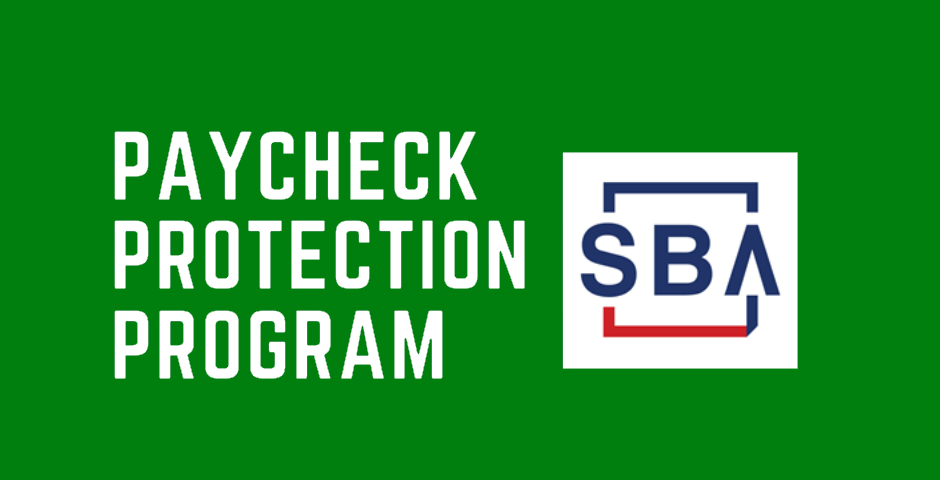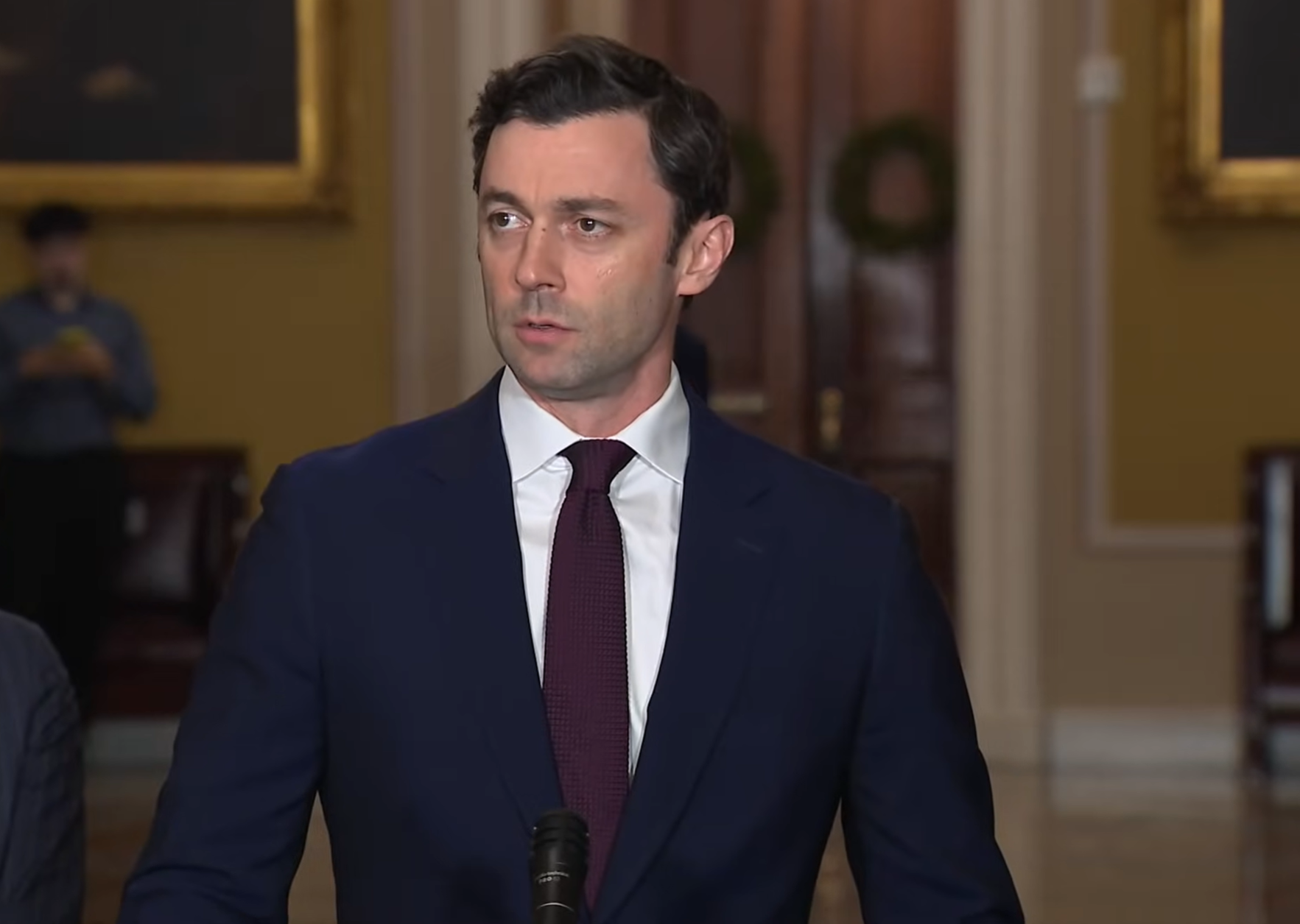Brandy Keller, Community Brands
While nonprofits are navigating 2021 resiliency for their missions, internally, nonprofits and organizations are also preparing the reporting trail for a smooth PPP Loan Forgiveness process.
You might have questions about the loan forgiveness process and what key financial information you need to have prepared. We know, too, that organizations and nonprofits are juggling grant reporting to funders as well during this season. But the good news is, much of what you’ll use for those reports is also going to be valuable for the PPP Loan Forgiveness Programs.
If you’re like most PPP recipients you’ll be strategizing for full loan forgiveness.
To that end, these 5 simple tips should help kick off your path of successful reporting.
- Review the Loan Forgiveness information at SBA. Keep in mind that the more prepared you are with items required for loan forgiveness submission, the more expediently you’ll be able to work through the process. Proactively setting up a timeline for your process is going to aid you in ensuring you don’t miss any important deadlines in the process.
- Slow and steady wins the race. You can submit a loan forgiveness application during the time of the loan itself, including if you’ve already used the loan in full – but that doesn’t mean you need to rush the process.
- Make sure you know how to correctly account for your PPP loans. Will you account for the PPP loan as a government grant? Or, will you treat the PPP loan as debt, where proceeds are treated as a liability and entities accrue for interest expense in accordance with the loan agreement? Pay attention to guidance from the Small Business Administration as to how to obtain forgiveness – the preferred method – so that you understand how to categorize what expenses necessitated the PPP money.
- Make sure you have retained all your payroll records and additional data that supports what your loan was applied to. This will help ensure your lender has the clearest picture of how the funds were used. Remember too, that borrowers with loans of $150,000 or less will only have to file Form 35085 for the forgiveness application. This form is simpler than other forgiveness applications and doesn’t require any calculations. Using this form, you will detail the forgiveness amount requested and certify with signatures.
- Keep up to date on the information available through the SBA. New information is updated there on a regular basis, so check in often to ensure you’ve got the latest directives.
In our 2021 Nonprofit Financial Health Study, we found that over 71% of our respondents had applied for PPP Loans. The good news is that many of those loan recipients will have those loans forgiven if they keep their eye on accurate data reporting and any changes on requirements for loan forgiveness.
To make the reporting process more efficient, first consider the needs of your organization to determine the business software to accurately manage your records. Some options for this include utilizing spreadsheets, email software or any of the available accounting software solutions — the best fit will depend on your organization’s size, scope and reporting needs.
So keep your spirits up when it comes to the possibility of having the loans forgiven. As of March 2021, there were 5.2 million loans extended, and 2.1 of those have been forgiven, with 234,000 under review and 2.8 million loan forgiveness applications not yet received.
In dollar amounts for total 2020 PPP volume, there are $521.2 billion of PPP Loans with over $186.1 billion forgiven already. There are $86.2 billion PPP loans under review, and PPP Loan Forgiveness applications not yet received are $248.3 billion. There has only been $0.6 billion not forgiven as of March. For current stats, here is a great resource to bookmark: https://www.sba.gov/funding-programs/loans/covid-19-relief-options/paycheck-protection-program/ppp-data#section-header-8
In the nonprofit arena, keep in mind that your mission will stay at the forefront and have opportunities in the future for other funding sources. This can be accomplished by staying focused on robust data reporting to ensure your quantitative data tells the story of your success.
=========
Brandy Keller is Vice President of Product, Community Brands.
Thanks for reading CPA Practice Advisor!
Subscribe Already registered? Log In
Need more information? Read the FAQs




